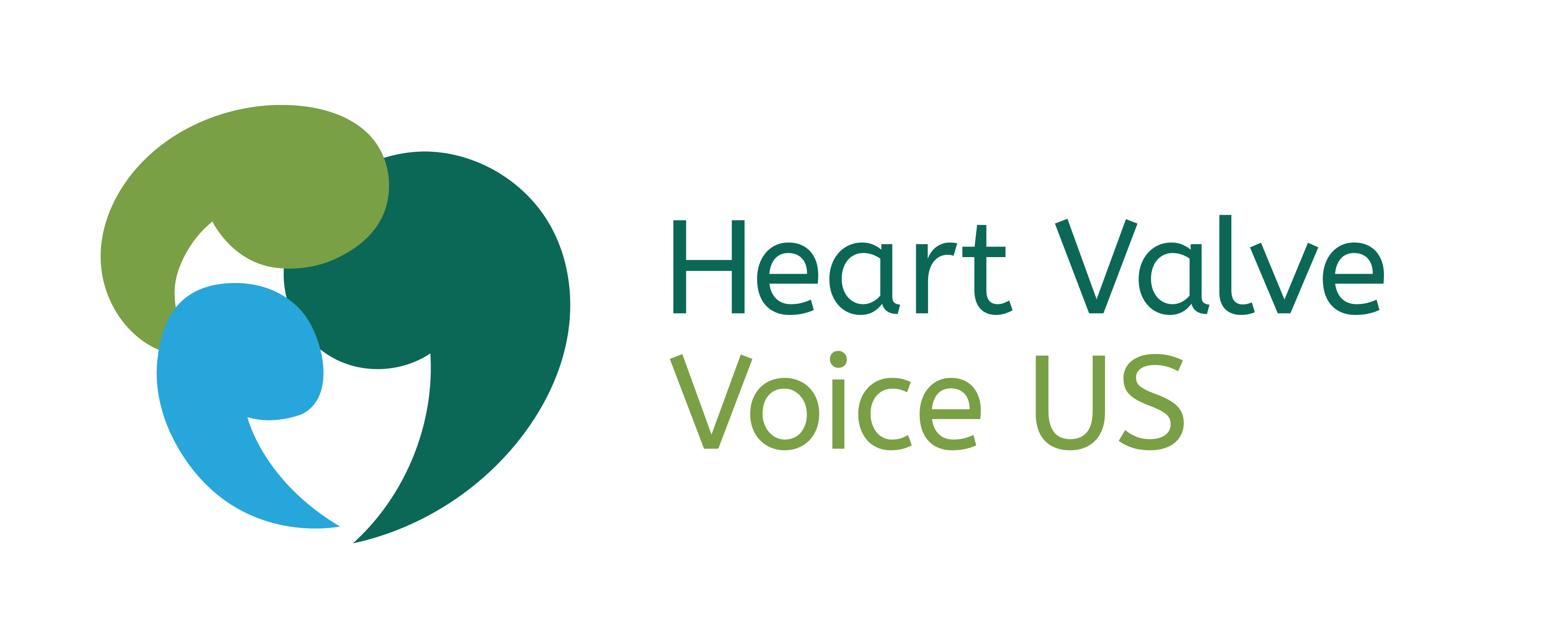The focus of Heart Valve Disease Awareness Day 2020 is to call attention to an under-diagnosed, deadly but treatable disease affecting as many as one in 10 older Americans.
But what do we mean by “awareness”? As Executive Director of Heart Valve Voice US, I view awareness on multiple levels and am charged with ensuring our messages are heard by different audiences including, foremost, patients but also health care professionals and policymakers.
At our most fundamental level as a patient advocacy organization, when we are able to raise awareness, we are making a difference in individual lives by sharing information about the disease and answering questions important to patients and their care partners.:
- What are the symptoms?
- What questions should I ask my doctor?
- How do I ensure I receive the proper diagnosis?
- If I have the disease, what are my treatment options?
- How will my treatment be paid for?
- How do I choose?
- What can I expect post-treatment?
- How will my life be impacted, physically and emotionally?
- How do I best manage the disease?
- How many other people have the disease?
- Where can I find other patients like me to talk to and share experiences?
Our Public Service Announcements, one approach to raising awareness, have reached more than one million viewers and radio listeners with crucial information about heart valve disease: https://www.heartvalvevoice-us.org/public-service-announcements/.
Our goal is for “awareness” to translate into “empowerment” so patients can take control of their own health, ask informed questions and, when needed, press their heart team and insurers to make all options available. No one will be a better advocate for your own health than you.
At the next level, how do we ensure that family physicians, cardiologists, surgeons, and other health care professionals are “aware” of the disease? This is where awareness takes on an expanded definition. We want medical professionals to at least have heart valve disease on their minds as they treat patients for symptoms that can often be confusing or may be associated with many different diseases.
Let’s be sure that heart valve disease is among the conditions considered and screened for if a patient is experiencing fatigue, shortness of breath, chest pressure, or dizziness — especially in our older population where nearly one in 10 Americans may have the disease. Don’t dismiss your patient. Don’t minimize the symptoms. On the other side, do not over-diagnose, but refer patients for the proper screening, often an echocardiogram, as part of the diagnostic process. At a minimum be equipped to understand the signals that may be present from a simple stethoscope exam.
To help raise awareness with this important constituency, Heart Valve Voice US is planning to sponsor a continuing medical education (CME) course so family physicians are better equipped to diagnose, treat and help patients manage heart valve disease.
But awareness does not end with patients and medical professionals. As a patient advocacy organization, we must work at another level to educate policymakers about the prevalence of the disease and its burden on the health care system. This is when we must look at the disease from a big picture perspective rather than that of the individual patient. How should we, collectively, view the disease? What are the implications for research, regulatory approval pathways, reimbursement policies? These are the big issues but we must also engage in other health policy areas like telehealth, home care, and long-term care, among other topics. To reach this important audience, we recently convened a briefing on mitral valve disease on Capitol Hill. https://www.heartvalvevoice-us.org/emerging-issues-in-mitral-valve-disease
Empowering patients is only the first step of “awareness.” We have a much broader responsibility to ensure patients have a smooth pathway to the best care possible, in consultation with their medical team, and with a health care system that provides access and support, not roadblocks and frustration.

